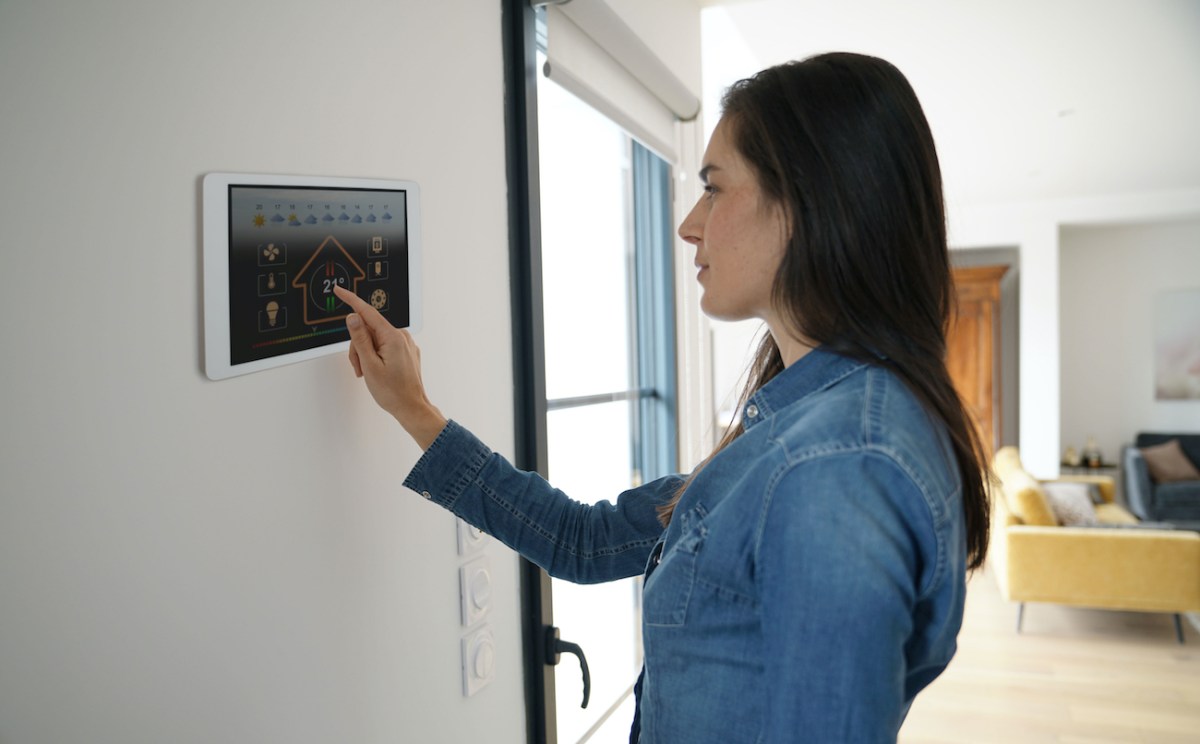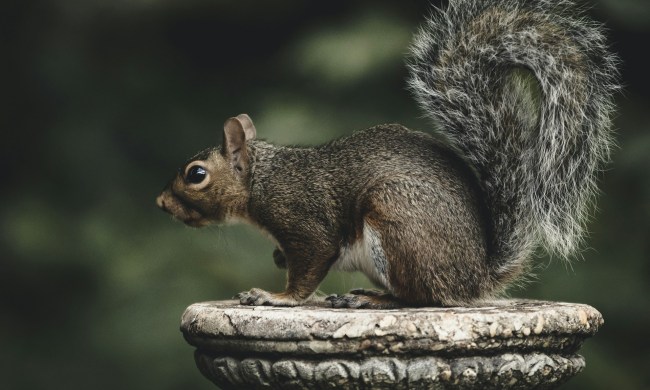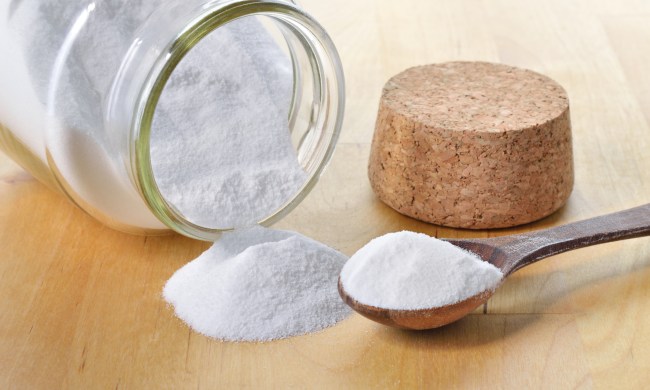Eco-friendly and sustainable home design has been a major trend in the design industry over the last several years. However, Gay Browne, personal environmental health advisor and founder of Greentopia, points out that creating an eco-friendly home is more important now than ever before, due to the fact that many of us now working from home. “Doing things that support the health of the individuals and pets living there is paramount,” she explains.
Here are five easy ways you can make your home more eco-friendly, which will not only help promote your own health, but that of the environment, as well.

An eco-friendly home is germ-free
Browne suggests starting out by taking a cue from the Japanese. “Removing your shoes when you walk in the door is one of the best ways to begin this process,” she maintains. “The Japanese have a cultural tradition of doing this to avoid getting the floors dirty, but with the addition of COVID, it’s more important than ever, as viruses and bacteria live on the bottom of your shoe.” You can also keep germs outside of the home by maintaining a set of clothes designated for indoors. “Under the current health restrictions, if I’m not going out again that day, I like to change into ‘cozy clothes’ and hang up my ‘outside wear’ to air out or put them in the antibacterial cycle in the dryer to shake off any other bacteria that may be nesting in my garments,” she says.
An eco-friendly home is toxin-free
Browne urges keeping your home toxin-free. “As much as possible, look at all your purchases — whether it is food, furniture, clothing, cleaning products, paint, personal care products– to see how they are made,” she says. “While it is not possible to be 100% organic, if you can’t understand the ingredient on the label, it’s probably not good for you.” She explains that nonorganic products can have SVOCs (semivolatile organic compounds). “These VOCs or SVOCs can be a mild irritant to your eyes, nose, and throat, or prolonged-term exposure can damage your central nervous system or even worse, cause cancer,” she notes.
Additionally, there are perfluorooctanoic acids (PFOAs) lurking in your kitchen, “in Teflon cooking pans and other endocrine disruptors found in plasticware.” Finally, when using a microwave, she strongly urges heating up food in a glass container or other microwave-proof dishes, “just not plastic, as it will leach plastic into the food or liquid that you are heating.”
An eco-friendly home has clean air and water
Keeping your air and water pure is a must if you hope to maintain an eco-friendly home, says Browne. “Since reports say that 70% of toxins we are exposed to come from the home, beyond the toxins you can control by choosing healthy products, be alert to the invisible ones like radon, carbon monoxide, formaldehyde, asbestos, and secondhand smoke,” she explains.
One way to do this is by getting a portable air filter to move around the house. “The most important room to have clean air is the bedroom because we are there six to eight hours a day and children even longer, and opening windows with pollutants in the air won’t help. Polluted air has been linked to lower IQ and asthma, so clean air is crucially important for children,” she points out. “Air-filtration systems with HEPA filters are the best defense for keeping your air healthy.” If you aren’t sure how clean your air is, you can invest in a radon and air-quality monitor, such as Airthings Wave Plus.
If you aren’t sure of the health of your water, take a sample to a local testing service, such as Water Keeper Alliance. “Whether or not your water is as clean as you think it should be, there will always be invisible chemicals in your water, as current public water systems are not capable of screen out every toxin, so best to get a water-filtration system that works for you,” Browne urges. There are three options: Those that are installed at the entrance of the house where the water pipe comes in; at the kitchen sink (usually under the sink); and the portable one that you fill up and set on the counter. However, whatever water-filtration system you choose, get one with a carbon filter and make sure to change it once a year or sometimes more if they get overly used.
PUR Stainless Steel Faucet Mount Water Filtration System
An eco-friendly home is a smart home
Installing smart home devices in your home can make it more efficient — and more eco-friendly. For example, a Nest Learning Thermostat literally learns your behavior and adjusts your heating accordingly, saving energy and money simultaneously. Los Angeles interior designer Gavin Brodin of Brodin Design Build suggests a variety of smart solutions — including adding solar panels, swapping out your light bulbs for LEDs (low-energy bulbs), and installing solar shades on windows, “so less hot air comes through,” eliminating the need to blast the AC all day.

An eco-friendly home creates less waste
According to the Environmental Protection Agency, the total generation of municipal solid waste (MSW) in 2017 was 267.8 million tons — or 4.51 pounds per person per day. Therefore, reducing the amount of waste is crucial if you want to consider your home eco-friendly, Brodin points out. An easy way to do this is by eliminating or minimizing paper waste and replacing them with reusable textiles. For example, Brodin suggests using less paper towels by investing in durable kitchen towels that can be tossed in the wash. Same goes for napkins.
Zeppoli Classic Kitchen Towels, 15-Pack



